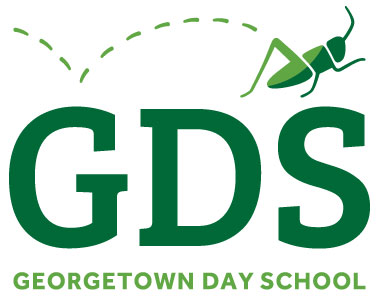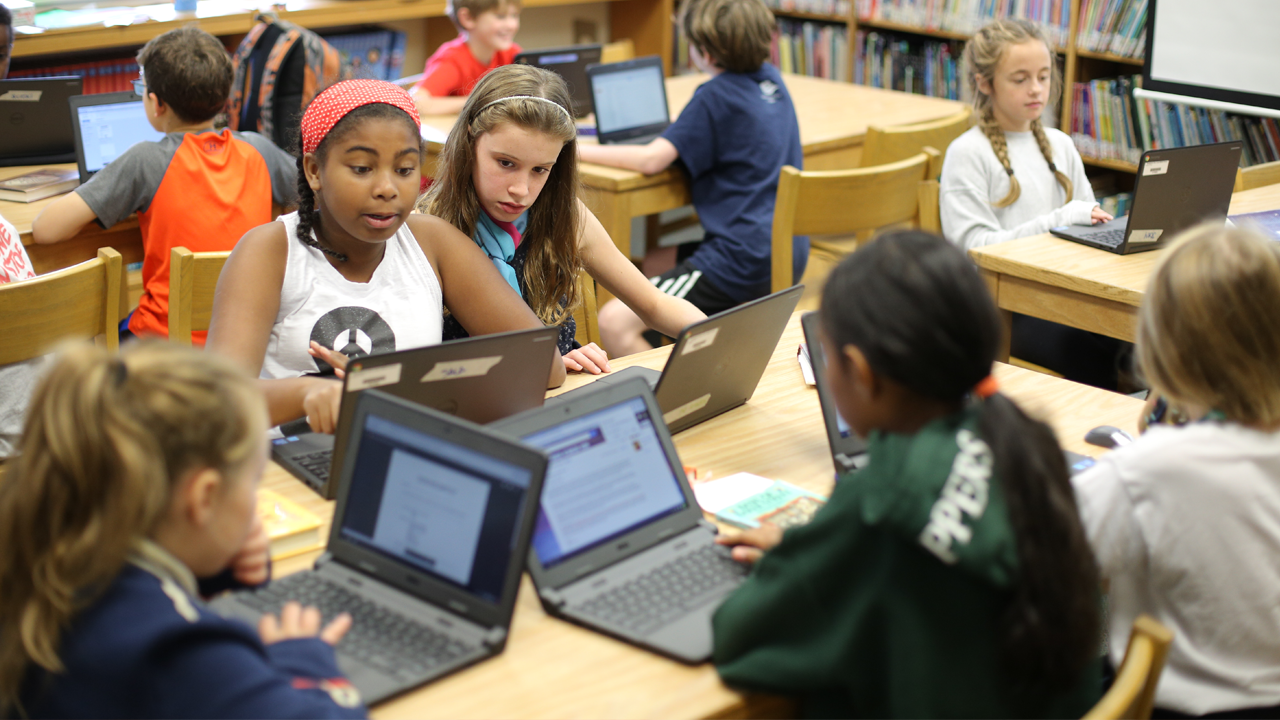When I was in graduate school, I attended a lecture about the intersection of space and learning. At the time, ceiling mounted projectors and access to Hypercard were luxuries in K-12 schools, and academic computing required scheduling time in dedicated spaces that contained specialized technology equipment and the furniture upon which it rested. Using technology was the ultimate siloed activity—the concepts of “maker labs” or “flex spaces” weren’t even on the horizon for most of us.
Taking into account the myriad changes that have happened in the world of innovation and technology since that time, three ideas from that lecture still resonate with me:
- Never design a room based on where it’s easiest to run the wires. Instead, you must design your spaces based on what we know best supports learning.
- Curricula change more often than spaces—never plan a space based on what students are doing now. Plan for what they’ll need to do in 5, 10, and 20 years from now.
- A retrofitted room will never function as well as an intentionally designed space, and a space designed with purpose will inherently direct activity toward intentional ends.
These are admittedly some “big ideas” that can be used to guide space design. On the occasions where I’ve worked with students and teaching colleagues to design and configure spaces here at GDS, I’ve never regretted using these as my guiding principles.
Over the last two years, Georgetown Day School has launched one-to-one device programs that allow anytime access to computers and the internet for its students and teachers in grades 3-8. One of the many exciting ripple effects of that program is that we are now in the enviable position of reimagining what to do in the spaces formerly reserved for academic computing. Put simply, since every room now has the potential to accommodate technology, what should we do with our old computer labs?
Mulling over the possibilities, two essential questions guide my thinking:
- How can a space facilitate student collaboration, innovation, and self-directed learning and discovery?
- What kind of student work is limited or obstructed by our current learning spaces?
Inspired by the goals named in the A GDS Student Will… statements, we embark on the creation of spaces that: are flexible and multifunctional, emphasize collaboration, allow for self-directed projects, put students at the center of production with teachers functioning as guides and support, and support learning across disciplines.
In the Digital Depot (formerly the 7/8 lab), we are looking at creating a Media Creation Studio where groups of students will work together to create all forms of digital media. The Grand Central space (formerly the Main Lab) is the perfect size and location for a proper maker space that would be available for use by any student or teacher on campus. Working with learners and faculty across both the Lower and Middle School, we are excited to be planning spaces for free thinking, prototyping, and building. We’ll hope to try out new ideas throughout the spring semester in each of these spaces, and will be working with teachers and students this year and into next as we strive to create and perpetuate innovative, purposeful learning environments.
Designing with an eye toward future use cases is a practice that always carries with it lots of questions: Will there be enough resources to implement the space we design? Will there be curricula to make the space worthwhile? How will we measure success when we are building toward the future? What if we build what we think we need and it turns out we needed something else entirely?
Pondering these questions and hoping for concrete, finite answers to all of them can lead to disorientation, paralyzed decision making, and sleepless nights. In the end, I’ve found that it’s “best practice” to focus on setting goals that inspire, reflecting on our needs vs. wants, and listening to a wide variety of opinions as we chart our path toward experimentation and innovation. After all, don’t we all need a little adventure?


